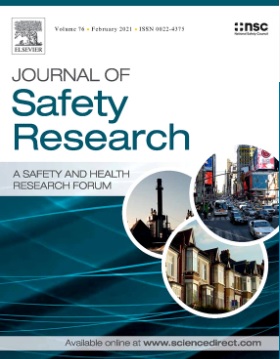
Introduction: COVID-19 has disrupted daily life and societal flow globally since December 2019; it introduced measures such as lockdown and suspension of all non-essential movements. As a result, driving activity was also significantly affected. Still, to-date, a quantitative assessment of the effect of COVID-19 on driving behavior during the lockdown is yet to be provided. This gap forms the motivation for this paper, which aims at comparing observed values concerning three indicators (average speed, speeding, and harsh braking), with forecasts based on their corresponding observations before the lockdown in Greece. Method: Time series of the three indicators were extracted using a specially developed smartphone application and transmitted to a back-end platform between 01/01/2020 and 09/05/2020, a time period containing normal operations, COVID-19 spreading, and the full lockdown period in Greece. Based on the collected data, XGBoost was employed to identify the most influential COVID-19 indicators, and Seasonal AutoRegressive Integrated Moving Average (SARIMA) models were developed for obtaining forecasts on driving behavior. Results: Results revealed the intensity of the impact of COVID-19 on driving, especially on average speed, speeding, and harsh braking per 100 km. More specifically, speeds were found to increase by 2.27 km/h on average compared to the forecasted evolution, while harsh braking/100 km increased to almost 1.51 on average. On the bright side, road crashes in Greece were reduced by 49% during the months of COVID-19 compared to the non-COVID-19 period.
| ID | pj192 |
| Manuscript | |
| DOI | |
| Tags | COVID-19, driver behaviour, machine learning, naturalistic driving, telematics |







